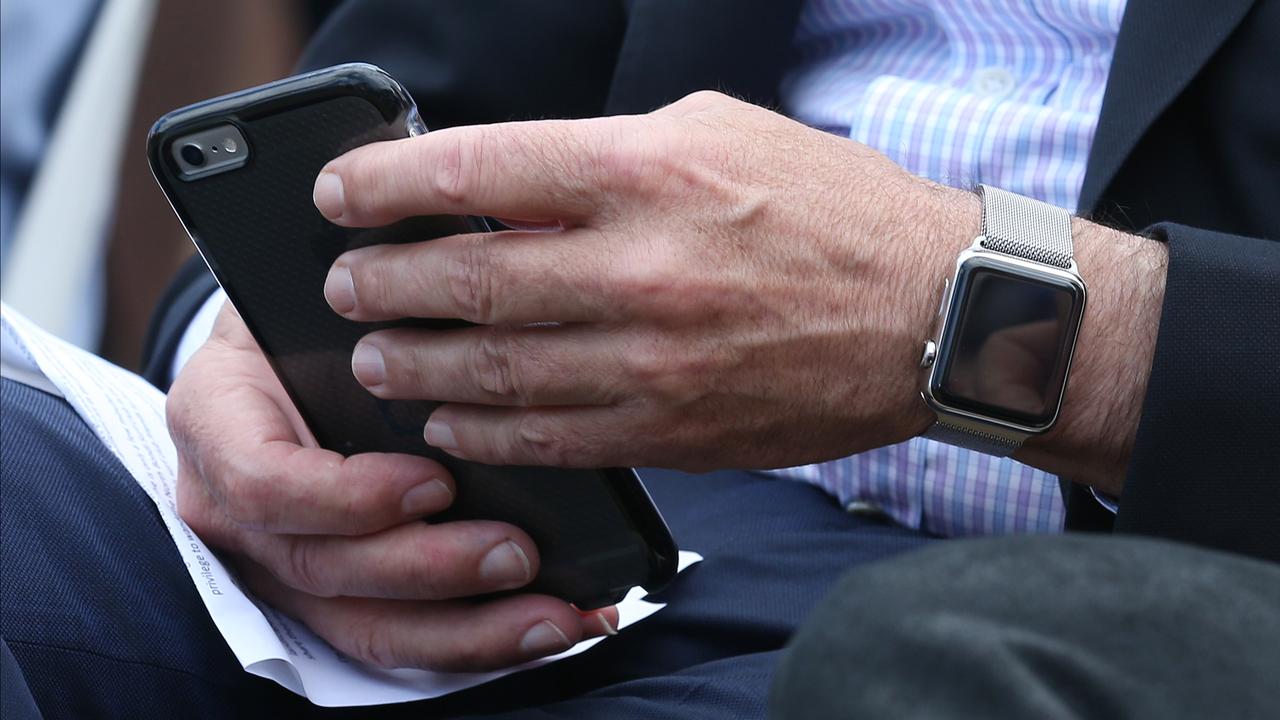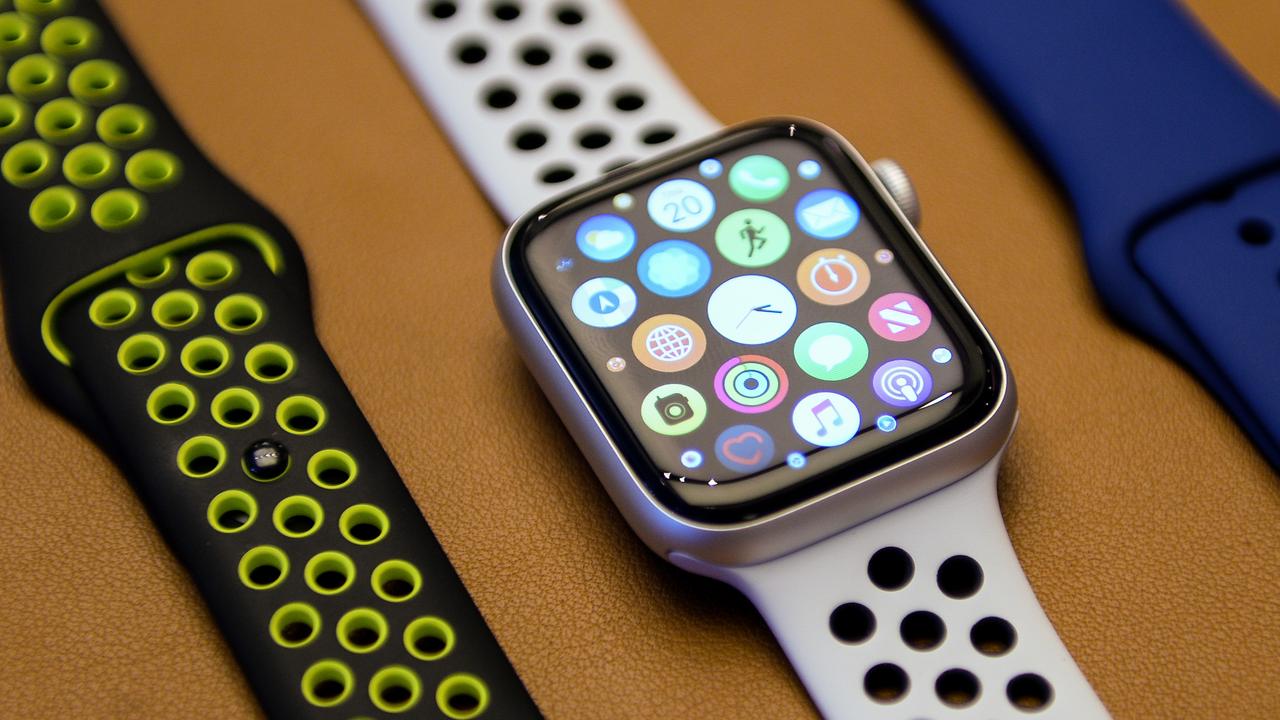WHAT WAS CLAIMED
Smart watches weaken your body due to the radiation they emit.
OUR VERDICT
False. The radiofrequency emissions from smart watches are insufficient to impact the body.
It is being claimed that smartwatches can weaken the body because radiation they emit affects muscles and organs.
This is false. Smartwatches and other wireless devices are heavily regulated and international radiation limits are based on peer-reviewed research.
Australian limits are well below the international limits.
The claim is made in a video (screenshot here) which has been shared to Facebook by multiple users, here, here, here and here.
"Radiation from a digital watch is within government safety levels but grossly weakens the muscles," the man in the video says while pointing to a book.
He then adds: "Smart watches . . . if it weakens the body then it's going to weaken the brain and the heart."

The claim lacks any scientific evidence that radiation from smartwatches can cause harm.
The International Commission on Non-Ionising Radiation Protection (ICNIRP) establishes the guidelines that most countries use to set the maximum rate of radiofrequency radiation a device can emit to be deemed safe for public use.
The ICNIRP 2020 Guidelines For Limiting Exposure To Electromagnetic Fields form the basis of Australia's regulations.
Human exposure to this type of radiation is measured in Specific Absorption Rate (SAR), which is the power absorbed per unit mass (of the body) and measured in watt per kilogram (W kg−1) .

ICNIRP's safety limits are based on multiple studies published in leading scientific journals.
For example, this 2011 Dutch-led study and this 2013 study from researchers in Japan. Both looked at the impact of devices on body temperature and were influential in shaping the ICNIRP regulations.
ICNIRP states "an SAR of at least 20 W kg−1 is required to exceed the operational adverse health effect thresholds in the Head and Torso, and 40 W kg−1 in the Limbs".
The current regulation in Australia is the Standard for Limiting Exposure to Radiofrequency Fields established by the Australian Radiation Protection and Nuclear Safety Agency (ARPANSA).
In this standard, the maximum exposure permitted for worn devices is an SAR of 2 W kg-1 for the head and torso and 4 W kg-1 for the limbs. Ten times lower than the ICNIRP limit.

Dr Ken Karipidis, from ARPANSA, told AAP FactCheck the exposure limit for Australia is well below what is even considered risky.
"There is no established scientific evidence that exposure to wireless technology below internationally recognised safety limits, such as ARPANSA's, cause health effects like those claimed in this video," Dr Karipidis said in relation to the claim.
The body responsible for enforcing ARPANSA's standard, the Australian Communications and Media Authority (ACMA), said it had "no evidence that smartwatches are not meeting the ARPANSA standard".
"Before distribution in Australia, suppliers are required to test devices for compliance with the ARPANSA standard using internationally recognised test methods which are mandated in the ACMA's regulation," a representative said.
SAR readings can be found on watch manufacturers' websites.
For example, Apple's Series 8 watch recorded a high SAR of 0.25 for use against the head and 0.50 for the wrist. The results are similarly low for the Google Pixel Watch.
The Verdict
The claim smartwatches weaken your body due to the radiation they emit is false.
Peer-reviewed studies form the basis of international limits on radiation emitted from devices.
The Australian standard is 10 times lower than the international limit. All devices on the market are below the Australian standard.
False - The claim is inaccurate.
AAP FactCheck is an accredited member of the International Fact-Checking Network. To keep up with our latest fact checks, follow us on Facebook, Twitter and Instagram.












